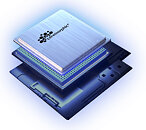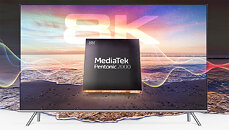
NVIDIA Acquisition of Arm Collapses, UK Company to Seek IPO
NVIDIA's long-awaited acquisition of Arm Ltd. is collapsing, confirm Financial Times and Reuters. According to the latest information, the deal is not happening, and the previously agreed terms are no longer valid. As we now know, NVIDIA will have to pay Softbank (Arm's owner) a break-up fee of $1.25 billion, which was the deal that the two settled on if the acquisition fails. NVIDIA has originally planned to purchase Arm for $40 billion. However, the regulators from UK and EU have been blocking the deal from happening on the terms that it would hurt competition and block innovation.
What is next for Arm Ltd. is to go public and list itself on one of the world's biggest stock exchanges, either domestically or overseas in the US. The IPO efforts of Arm are estimated to be worth around $80 billion, representing a double amount of what NVIDIA wanted to purchase the company for.Update 08:35 UTC: Here is the official press release from NVIDIA and Softbank below:
What is next for Arm Ltd. is to go public and list itself on one of the world's biggest stock exchanges, either domestically or overseas in the US. The IPO efforts of Arm are estimated to be worth around $80 billion, representing a double amount of what NVIDIA wanted to purchase the company for.Update 08:35 UTC: Here is the official press release from NVIDIA and Softbank below:



































